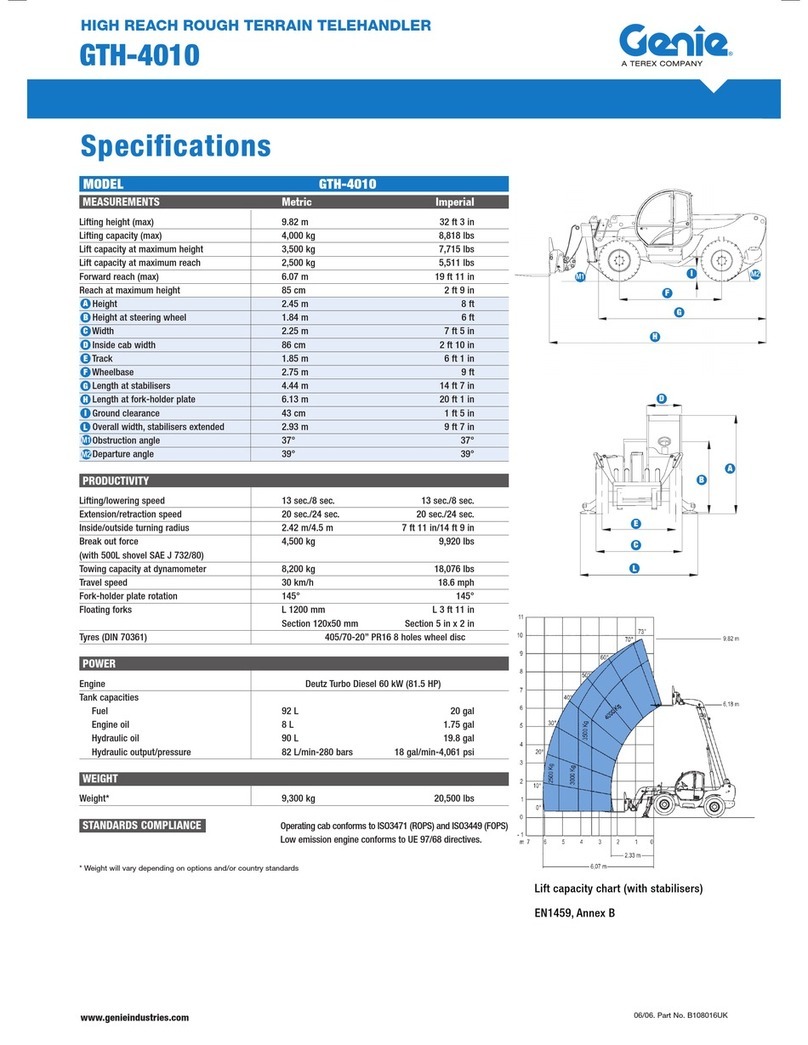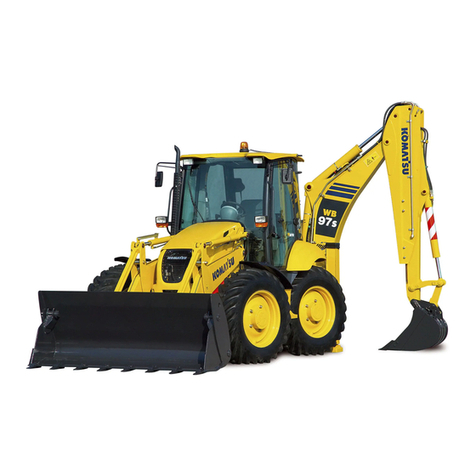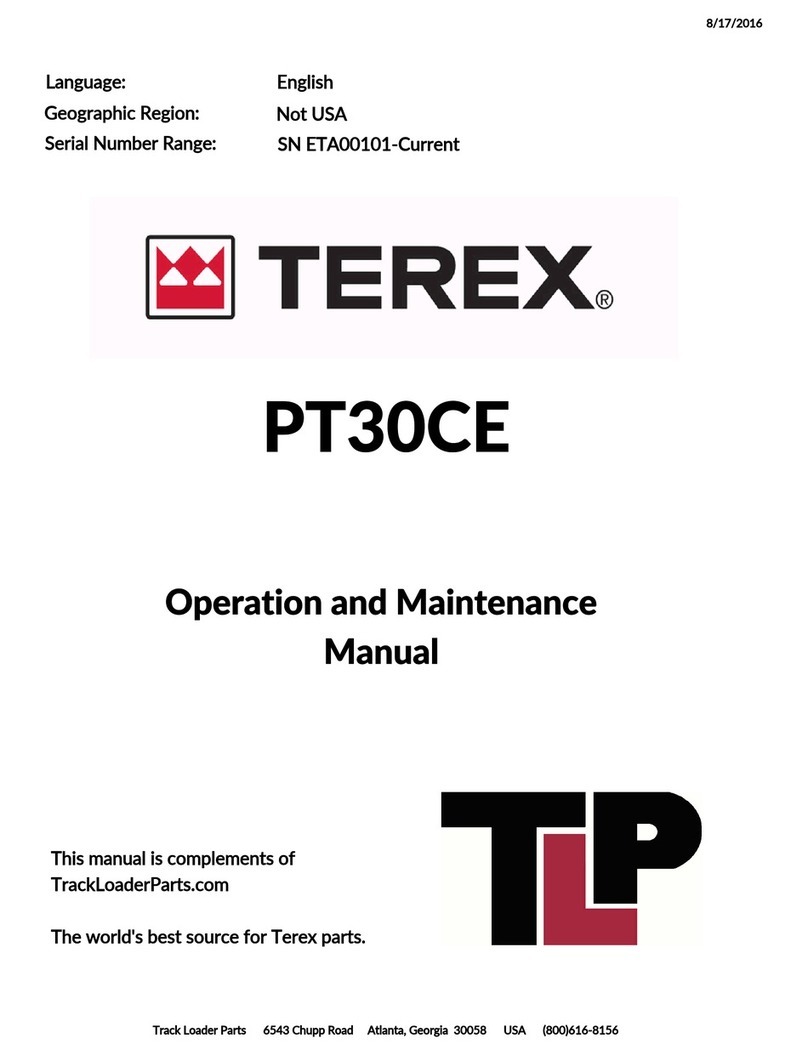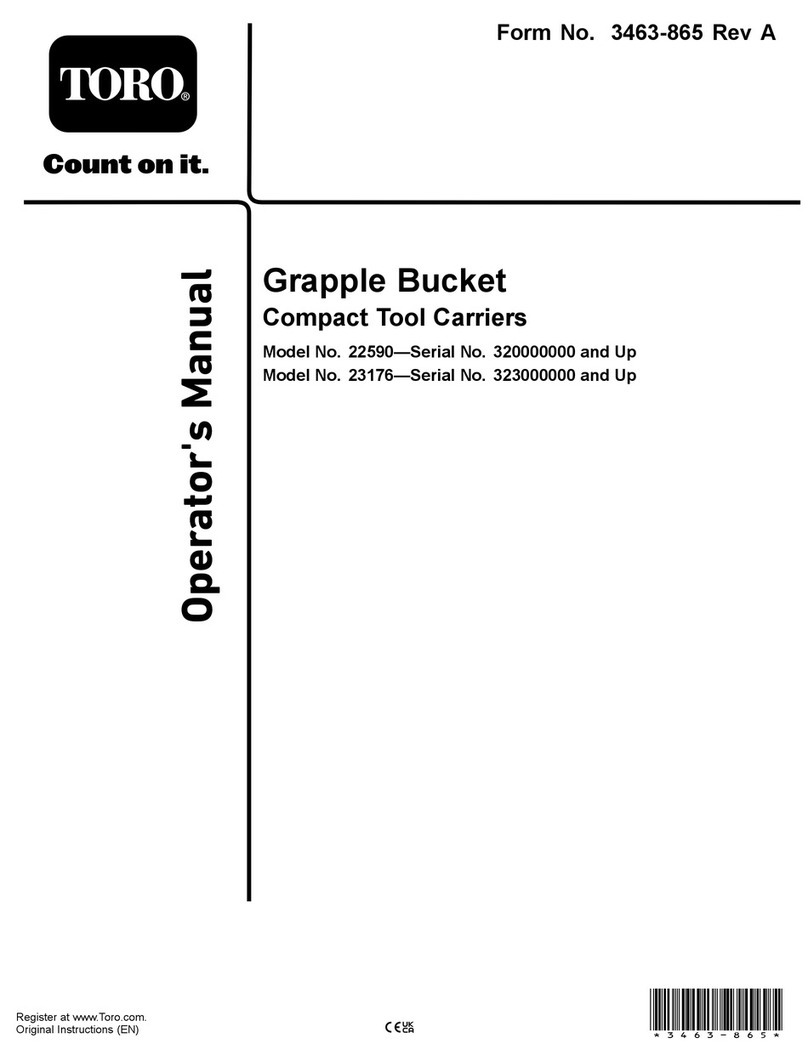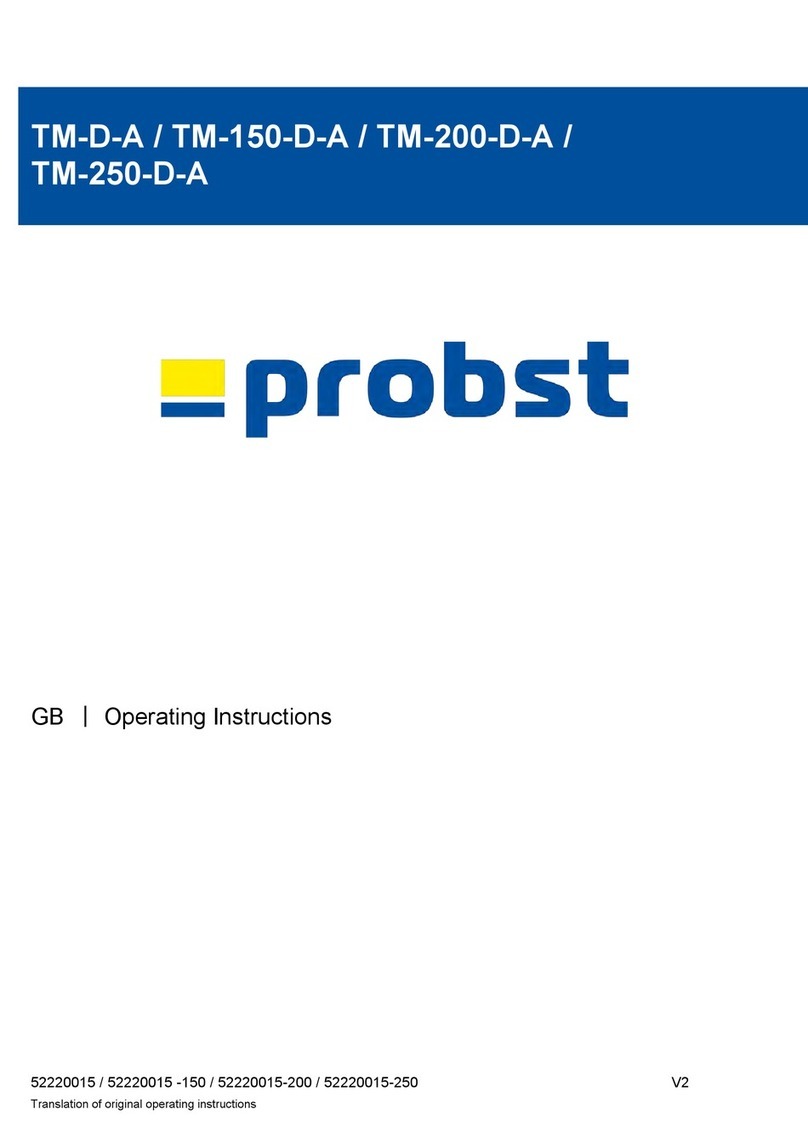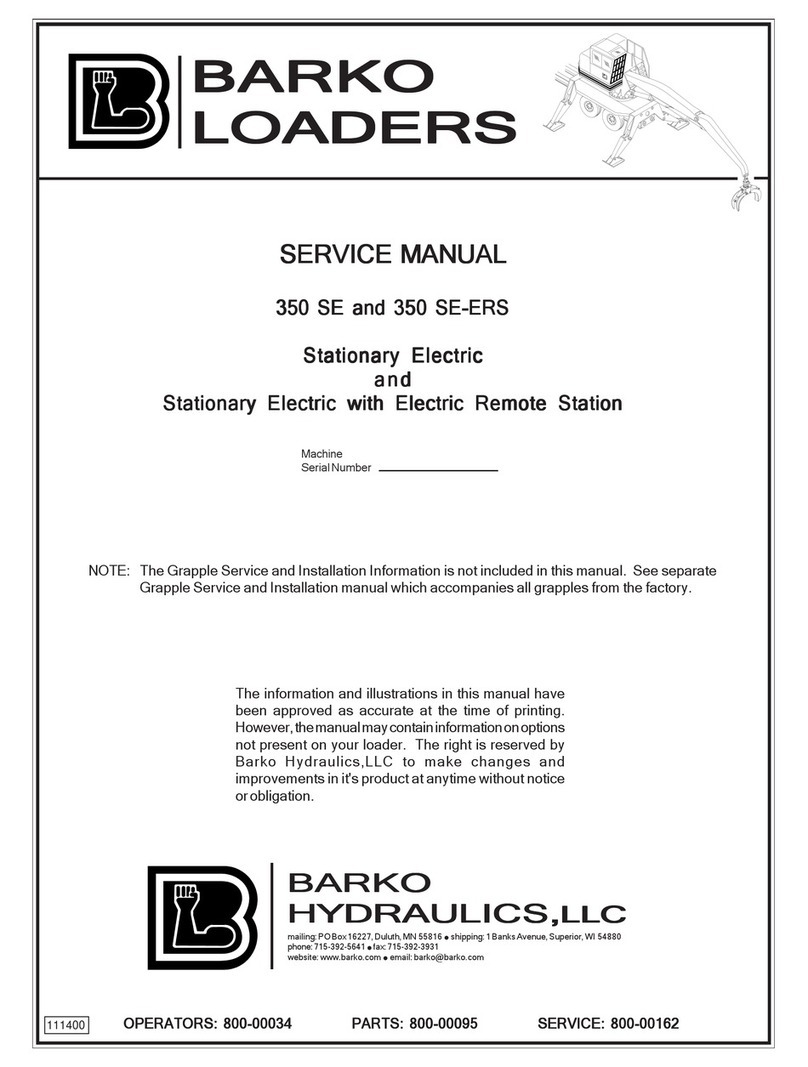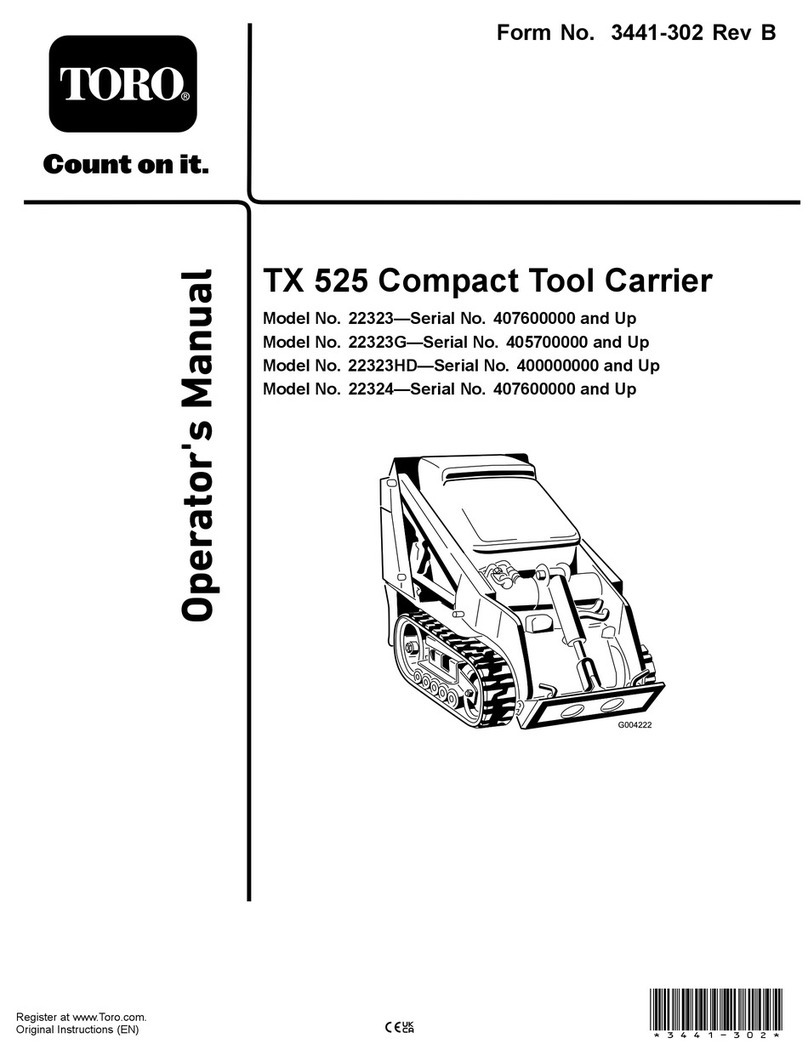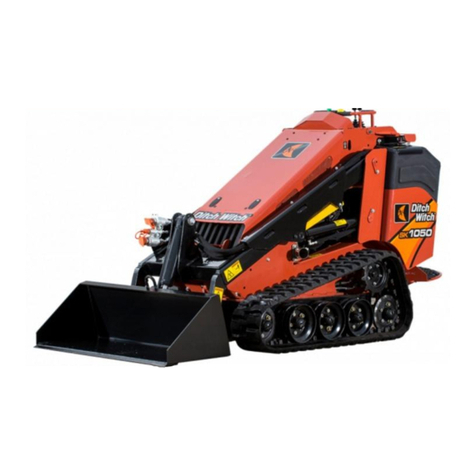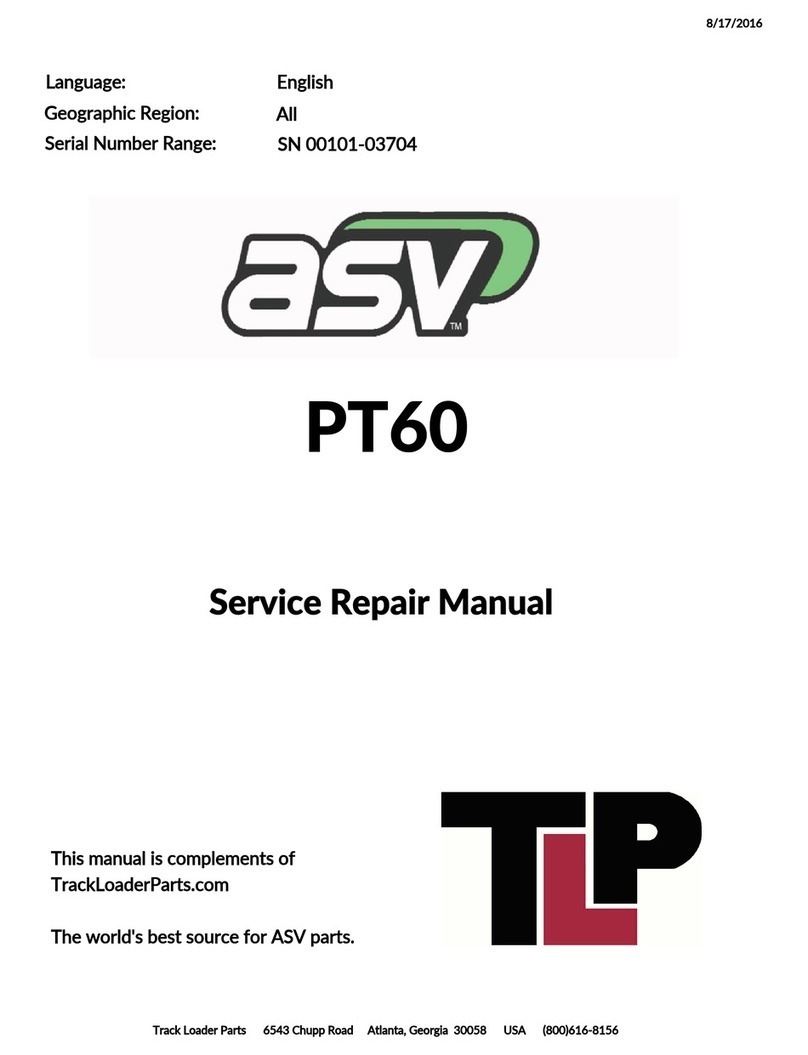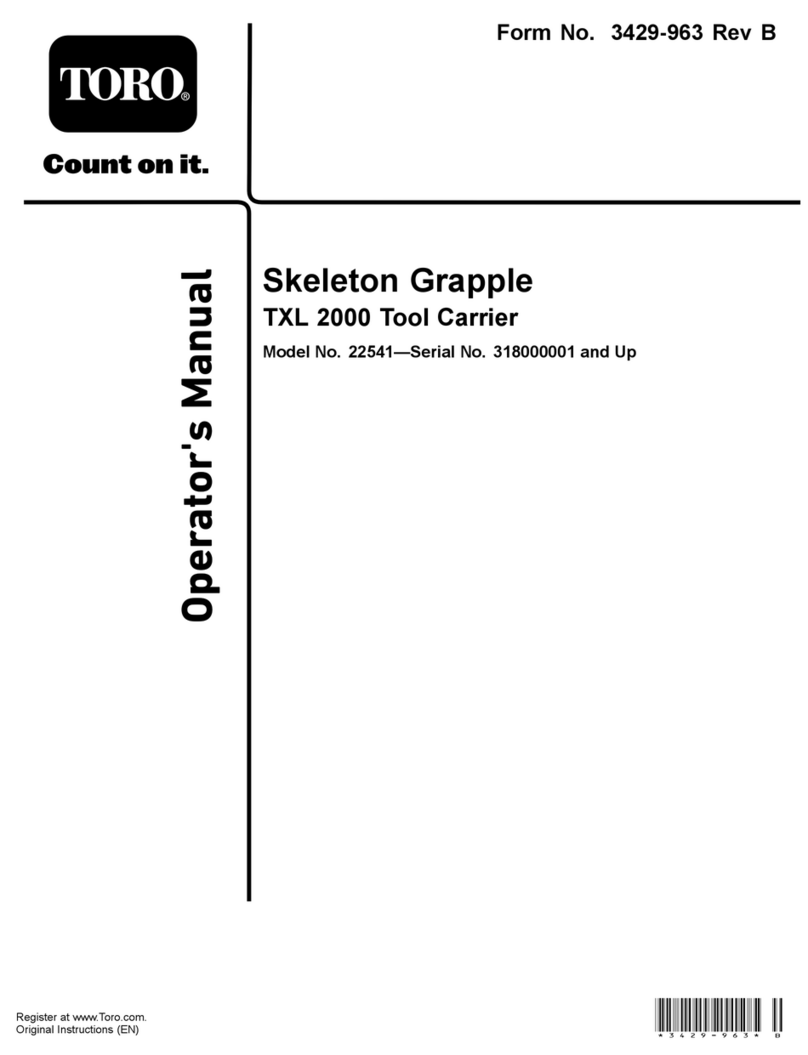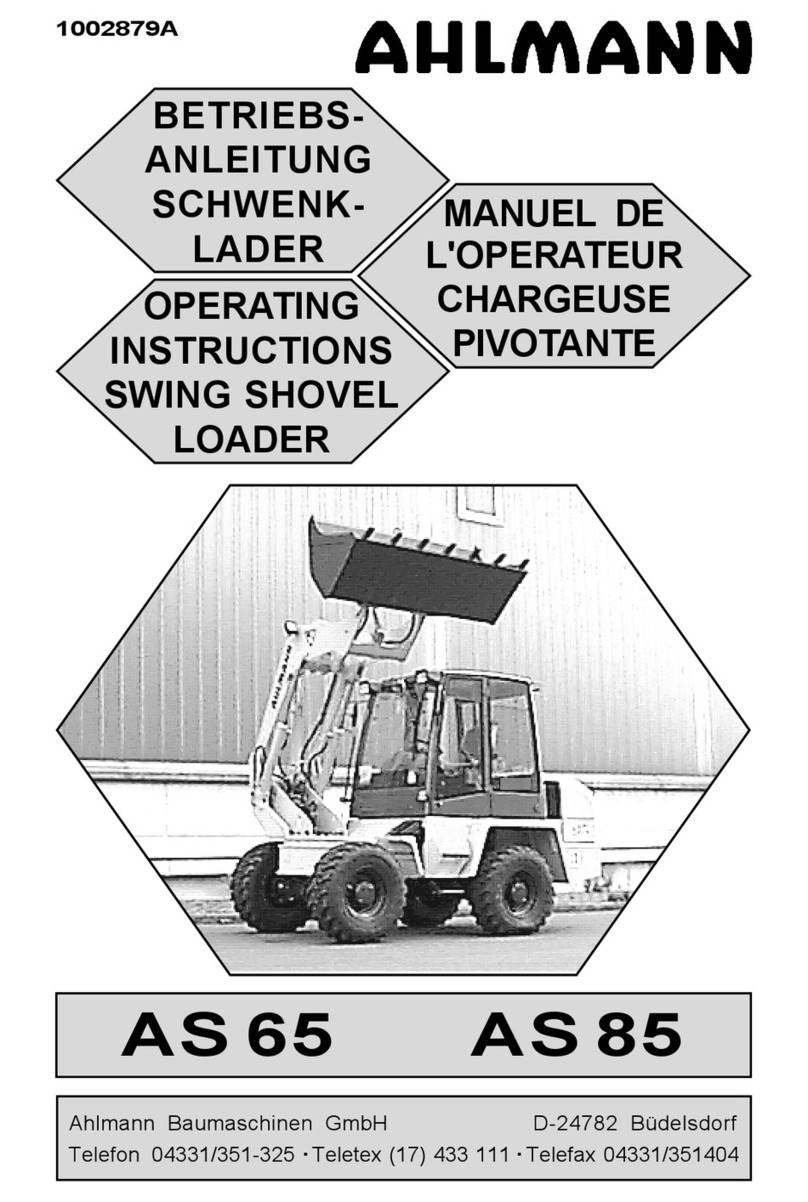
•
•
•
•
•
INTRODUCTION SECTION 1
Page3
Driving
MACHINE TRANSPORT
If this machine is to be highway driven from one job site to
another, contact the stateand/or local authorities for roading
regulations.
MOVING DISABLED MACHINE
Towing
Towing articulated machinesisnot recommended.They have
no steering or braking power unlessthe engine will run to
drive the hydraulic steeringpump andair compressor.
MACHINE STORAGE
The following procedure is for chassisstorage only. For
engine storage instructions, refer to your Cummins Diesel
Operator's Manual.
When the machine is not to be usedfor a period of time,
store it in a dry and protected place. Leaving equipment
outdoors exposedto the elementswill materially shorten its
life.
Follow the procedure below when the machine is placed in
storagefor 30 daysor more. The machinemust be lubricated
every six months. Usecaution when starting an enginethat
has been in storage. Refer to the instructions under
"PREPARING STORED MACHINE FOR SERVICE" in this
section.
1.Thoroughly washor cleanthe machine.
2. Completely lubricate all points of the machineasoutlined
in the "LUBRICATION GUIDE" in Section 7.
3. Drain off the water from the fuel tank. Refer to "FUEL
SYSTEM" in Section 8.
NOTE: Be sure fuel tank contains minimum of five to
ten gallonsof approveddieselfuel.
4. Coverthe transmissionbreatheropeningwith tape.
5. If the cooling systemwill be exposedto freezing temper-
aturesduring storageand water only was usedduring opera-
tion, the cooling system must bedrained and refilled with an
anti-freeze solution while at operating temperature. Referto
"COOLING SYSTEM" in Section 8 to select a solution
suitable for the lowest temperature that the cooling system
will be exposedto during storage.
NOTE: If anti-freeze solution wasnot used,the residual
water retained by capillary attraction inside the cooler
passagesmust be blown out with dry compressedair
through thedrain valvein the oil cooler. DO NOT RELY
ONLY ON DRAINING THE WATER.
6. Completely service the air cleaners. Refer to "AIR
CLEANING SYSTEM" in Section 8.
7. Movethe machineto the storagearea.Lower the bucket to
the ground.
8. To prevent dirt or moisture from entering the engine,plug
up the endsof the exhaustpipe and crankcasebreather pipe.
Removethe air cleaner hood and coverthe air cleanerintake
pipe.
9. Openboth air tank drain valves.
10. Removethe batteriesand storethem in acool, dry place
above freezing (+32 degreesF.). The batteries must be fully
charged at the time of storage. Check the batteries at least
oncea month for water leveland specific gravity. Neverallow
the batteries to run down below 3/4 full chargewhile in
storage.
11. Coat the exposed portions of all cylinder rods and
control valvespoolswith chassisgrease.
12. If it isdesirableto leavethe tires on the machine,jack the
machine up and place it on blocks with the tires in
suspension.Deflate and coverthe tires.
